The Virgin Mary visited Ross-on-Wye on July 18 as part of a protest against river Wye pollution.
The stone figure, crafted by sculpture Phillip Chatfield, started her journey from Hay-on-Wye and finished at Monmouth, visiting Ross-on-Wye and Whitchurch along the way. Early on in the journey she stopped at Moccas Church to the sound of Gregorian chants from the Monks of Belmont.
The statue landed in Hereford at the Bishop’s landing stage in his garden, went into the cloister through the cathedral and spent the night at the high alter. She was then driven to Marden on the River Lugg, which is known to be more polluted than the Wye, before heading on to Lugwardine; around 50 people attended each of those stops.
Rowers then set off, in the middle of the day, and got to Hoarwithy shortly after their evensong. Just at the end of evensong the statue was dramatically carried up the stairs and swept into the church, to the sound of Father Richard’s “Hail Mary Full of Grace”.
The stretch towards Ross was challenging for the rowers. They were up against terrible headwinds, battling the whole way. However, the relentless battling resulted in them arriving ahead of schedule.
They passed a number of bridges earlier than planned, which left a number of people who had missed the voyage disappointed.
Once the Virgin Mary arrived in Ross, she was taken to a service in the town’s Roman Catholic church, where she stayed the night.
She left the Ross Rowing Club on the morning of Friday, August 19 where Goodrich choir the Roaring Megs gave her a memorable send off with the song “Bridge Over Troubled Water”. The choir are named after the civil war canon at Goodrich Castle which is named Roaring Meg.
It became understood after several stops, that managing to stick to a timetable as to when the canoes would be passing under certain bridges would be impossible. This was down to the rowers having to battle strong headwinds.
The statue then left for Whitchurch where the vicar led a number of prayers and viewed a local art exhibition where she carried on to Monmouth.
The sculpture, named “Our Lady of the Waters and the Wye” is mounted on two canoes made into a catamaran. The pilgrimage aims to highlight the declining biodiversity in the Wye, which the organisers attribute to pollution from chicken farms, overflow of sewage, excessive use of fertilisers, run-off from arable land, and soil erosion. The group say that 3,000 tons of phosphates a year are going in the Wye, when it can only cope with 300. The voyage aims to raise awareness and to call for radical action to cleanse the river.
The Gazette has previously reported on the voyage, which was thought up by Father Richard Williams of Hay-on-Wye and sculptor Philip Chatfield. The wooden sculpture is about 4ft in height, on a plinth 1ft high.
Canoeists include: Philip Chatfield, Callum Bulmer, and Vicar of Cleeve Nigel Thomas, with the final stretch on August 19 into Monmouth led by the deputy head of Monmouth School and his wife, who are both Atlantic rowers. The wild swimmers include Nicola Goodwin of BBC Hereford and Worcester and others.
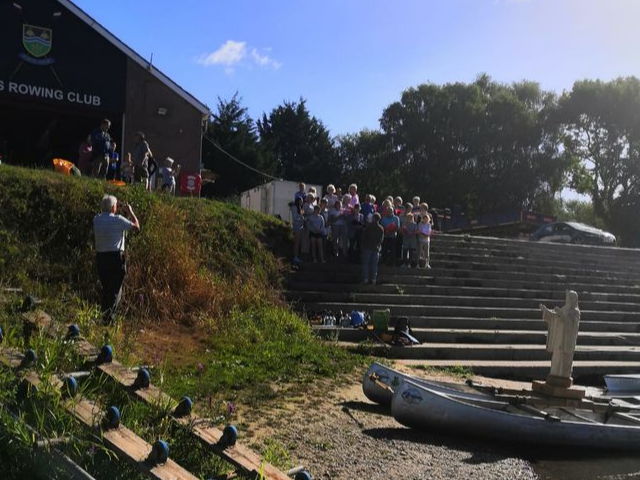
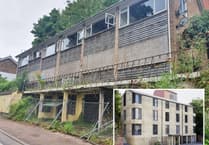
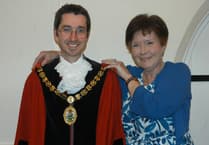
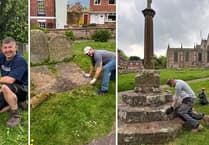
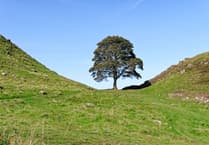
Comments
This article has no comments yet. Be the first to leave a comment.